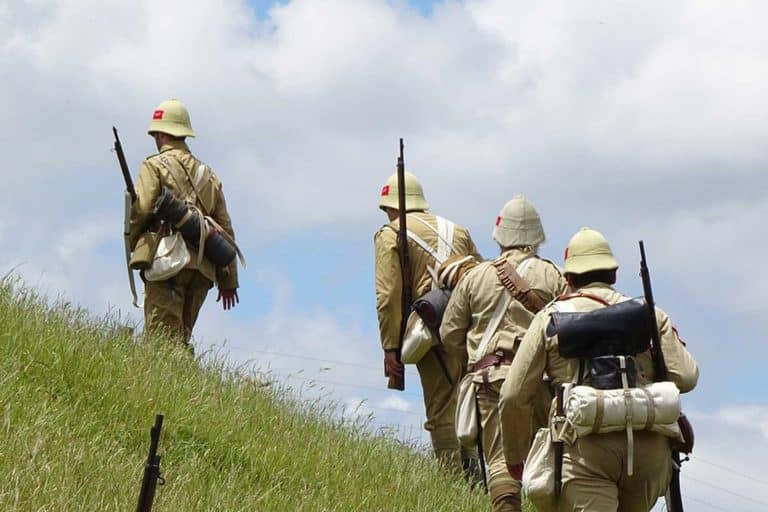The First Expedition to Antarctica & What We Have Learned
For centuries, Antarctica, a vast expanse of ice and snow, remained a mystery, challenging explorers and sparking innumerable tales of adventure and discovery. It is a testament to human tenacity, the audacity of a few to conquer a realm that seemed invincible. As we journey through the annals of Antarctic expeditions, it becomes evident that our endeavors in the frozen continent have significantly expanded our knowledge, not just of this icy desert, but of our planet at large.
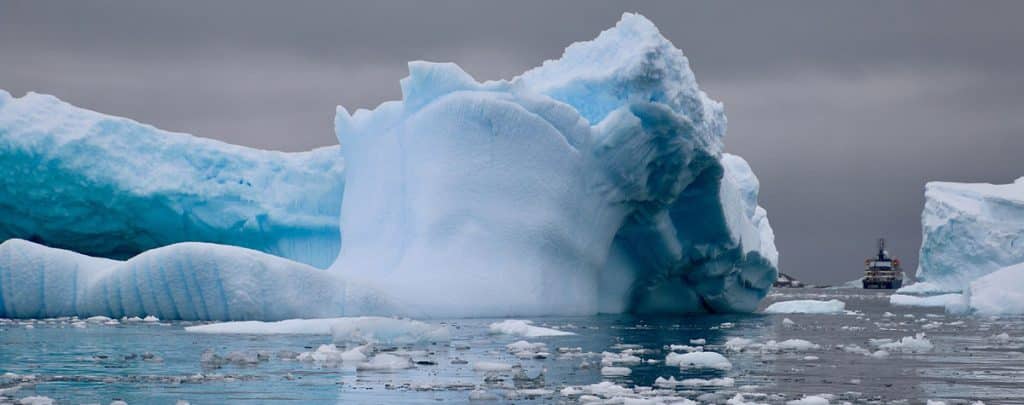
The Alluring South: Early Ventures to Antarctica
The notion of a ‘Terra Australis’, a vast southern land, was alive in the minds of early geographers and explorers. Maps dating back to ancient times speculated about its existence, though they presented no real evidence. As navigation technology advanced, the 18th and 19th centuries saw a renewed interest in the Southern Ocean.
Captain James Cook, during his voyages between 1768 and 1779, ventured further south than any before him. Although Cook never sighted the Antarctic continent, his accounts of iceberg-dotted waters spurred greater interest.
Despite these brave ventures, numerous challenges prevented explorers from reaching the Antarctic mainland. The treacherous Southern Ocean, known for its monstrous waves and unpredictable weather, was the primary barrier. Icy waters rendered navigation hazardous. Moreover, with no understanding of the Antarctic ecosystem, explorers were unprepared for the unique survival challenges it presented.
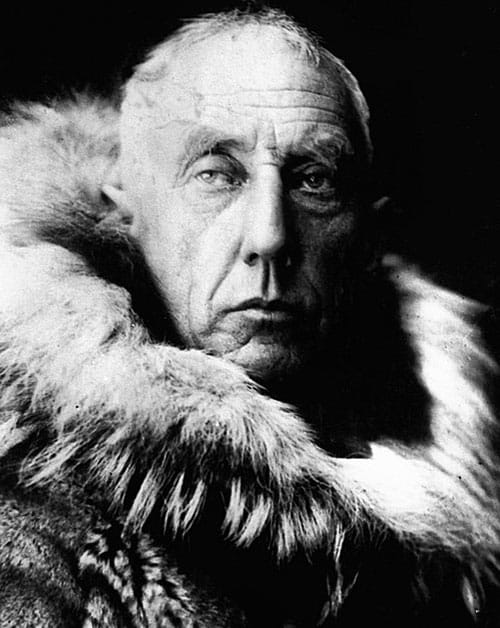
Roald Amundsen of Norway / Wikipedia Commons / Public Domain
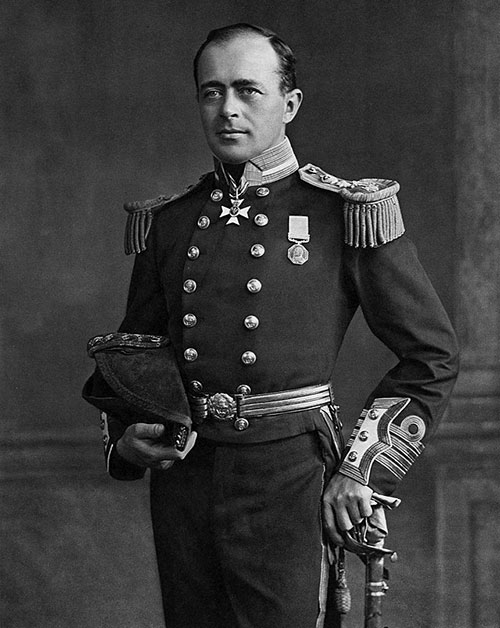
Robert Falcon Scott of Britain – Photo by John Thomson – Alexander Turnbull National Library, New Zealand / Wikipedia Commons / Public Domain
A Duel in the Snow: Amundsen versus Scott
The dawn of the 20th century witnessed a thrilling duel between two stalwart explorers, each aspiring to be the first to set foot on the South Pole: Roald Amundsen from Norway and Robert Falcon Scott from Britain.
Amundsen, a seasoned polar explorer, had initially set his sights on the North Pole. However, learning that it had already been reached, he secretly redirected his team to the south. His expedition, which began in 1910, was marked by meticulous planning. Knowing the challenges of the Antarctic, Amundsen’s team comprised expert skiers, and he chose to rely on sled dogs for transportation. Their diet was carefully crafted to fend off malnutrition and scurvy, and their clothing was based on Inuit designs, optimized for polar conditions.
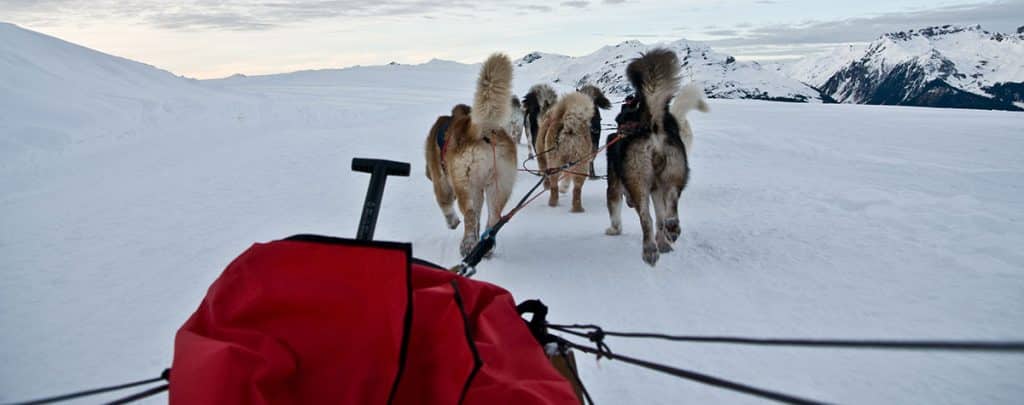
Concurrently, Captain Scott embarked on his Terra Nova expedition. Scott’s approach was more methodological and science-driven. His team comprised officers, scientists, and seamen. They were equipped with motor sledges, ponies, and dogs. Unfortunately, the motor sledges quickly broke down, and the ponies couldn’t withstand the cold, forcing the men to man-haul their supplies, an exhausting endeavor.
As the two teams trudged on, they faced blizzards, crevasses, and the unending white expanse. Amundsen’s team, with their better preparation, reached the South Pole on December 14, 1911. A month later, Scott’s team arrived, only to find the Norwegian flag fluttering in the wind, a heartbreaking sight.
Scott’s return journey was marked by tragedy. Hindered by extreme weather conditions, dwindling supplies, and exhaustion, one by one, his team members succumbed. Scott and the last of his team died in March 1912, just 11 miles from a supply depot. Their journals, discovered later, detailed their harrowing journey and became a testament to their valor.
The Triumph of Amundsen and Its Significance
The success of Amundsen’s expedition was a monumental moment in exploration history. It showcased the importance of thorough preparation, adaptability, and the indomitable spirit of humanity. Amundsen’s success wasn’t just about reaching the pole; it was about his team’s survival, their return, and the scientific data they brought back. His strategies in nutrition, clothing, and transportation became essential knowledge for future polar expeditions.
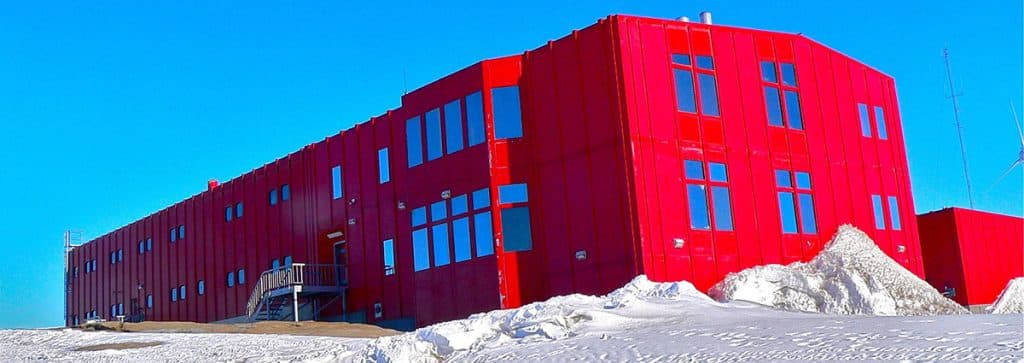
From First Steps to Modern Scientific Hub: The Evolution of Antarctic Exploration
After Amundsen and Scott, the exploration of Antarctica transitioned from competitive feats to collaborative scientific endeavors. With the geopolitical tensions of the early Cold War period, there were fears of Antarctica becoming a contested space. However, the spirit of peaceful exploration prevailed.
The International Geophysical Year (IGY) of 1957-58 was a landmark. Twelve countries established over 40 research stations on the continent. Their studies ranged from geology to atmospheric sciences. This unprecedented cooperative endeavor culminated in the Antarctic Treaty of 1961, which declared the continent a scientific preserve, banning military activity.
Today, Antarctica is dotted with research bases from various countries. Researchers here are decoding climate history from ice cores, discovering under-ice lakes, studying unique marine ecosystems, and even peering into the universe from telescopes placed on the ice.
Through decades of research, we’ve realized the importance of Antarctica in global climate systems. The rapid changes observed in the Antarctic, such as the melting of the West Antarctic ice sheet, have profound implications for global sea levels.
Furthermore, Antarctica’s pristine environment has made it a baseline for studies, helping us understand human impacts on less preserved regions. Recent revelations about the vast ecosystems thriving below the ice challenge traditional notions of life and its tenacity.

Antarctica, once the final frontier for explorers, has become a beacon for global scientific collaboration. From the daring ventures of early explorers like Amundsen and Scott to the multifaceted research initiatives of today, the journey of Antarctic exploration reflects humanity’s insatiable curiosity and our evolving understanding of our planet. The tales of valor, the thirst for knowledge, and the spirit of cooperation echo loudly, reminding us of our responsibility to this icy realm and our planet at large.



